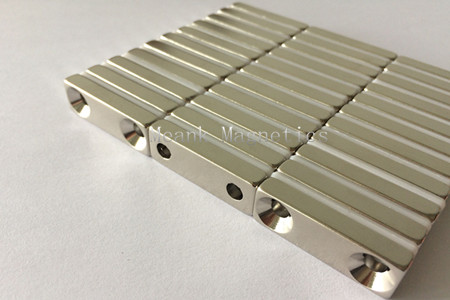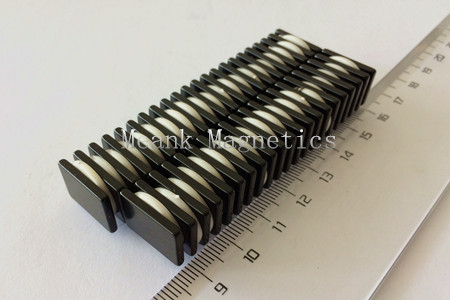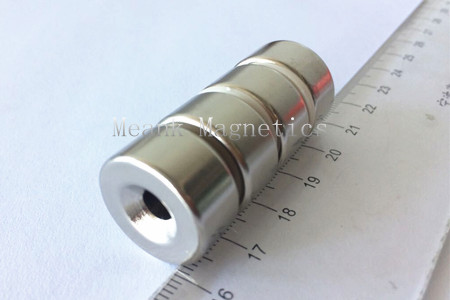Neodymium segment magnets are the strongest magnets in the world. Due to their strength, even tiny magnets can work. This also makes them very versatile. In each of our modern lives, we will never stay away from neodymium segment magnets.
Since the birth of the first neodymium ball magnets, they have been used for many purposes. Industries such as motor manufacturing, medicine, renewable energy, and technology all rely on super-strong neodymium segment magnets. Without it, many of the advances in the past 30 years would not have been achieved. They are also useful around the home, suitable for hobbies such as handicrafts, modeling, and jewelry making. Because of their super-strength, incredible performance, and resistance to demagnetization, they can be made into many shapes and sizes, even as small as 1 mm in diameter, making their uses almost endless.
Hard disk drives record data by magnetizing and demagnetizing a thin film of ferromagnetic material on the disk. Each disk is divided into many tracks and sectors and each sector has many tiny independent magnetic units. When data is written to the drive, these magnetic units are magnetized by the drive's read/write head.
The hard disk drive head is made of ferrite wrapped in a thin coil. When writing, the coil is energized to form a strong magnetic field, and the recording surface adjacent to the gap is magnetized. Neodymium ball magnets are also used in actuators that move the read/write head into position.
Permanent magnets are used in speakers with current-carrying coils, which convert electrical energy into mechanical energy to move the speaker cone, thereby changing the pressure of the surrounding air and producing sound.
The microphone works in reverse and the diaphragm is connected to the coil located in the permanent magnet. When the sound moves the diaphragm, the coil will also move. When the coil passes through the magnetic field generated by the permanent magnet, an electrical signal is generated, which is characteristic of the original sound.
A magnetically coupled pump includes an attachment ring with a powerful magnet on a motor-driven shaft and another smaller ring connected to the magnet. The other shaft is connected to the impeller located within the larger magnet ring. When the motor rotates the driveshaft and one set of magnets, the generated magnetic field causes the other set of magnets to rotate, thereby providing power to the impeller. For this type of motor, there is no mechanical contact between the motor and the impeller.
Magnetically coupled pumps or magnetic vane pumps have two main advantages over non-magnetic pumps. Since the impeller is only connected to the driving magnet and shaft by magnetic force, if the impeller stops rotating due to obstruction, the motor can continue to rotate without burning out, avoiding any lasting damage to the motor. Second, in applications where liquid may penetrate the motor unit (for example, a pond motor), for a magnetically coupled motor, the motor unit can be completely separated from the impeller, which is usually located in a sealed enclosure.
Neodymium segment magnets are used in public, commercial and residential buildings to make magnetic door locks. The neodymium segment magnet on the countersunk or concave door surface is used to attract another wall-mounted magnet or steel plate. The powerful neodymium segment magnet can easily bear the weight of the door and the lever provided by the door means that the magnet can be easily separated.
Motors rely on a combination of electromagnets and permanent magnets (usually neodymium ball magnets) to convert electrical energy into mechanical energy. On the contrary, a generator converts mechanical energy into electrical energy through a moving conductor and a magnetic field.




